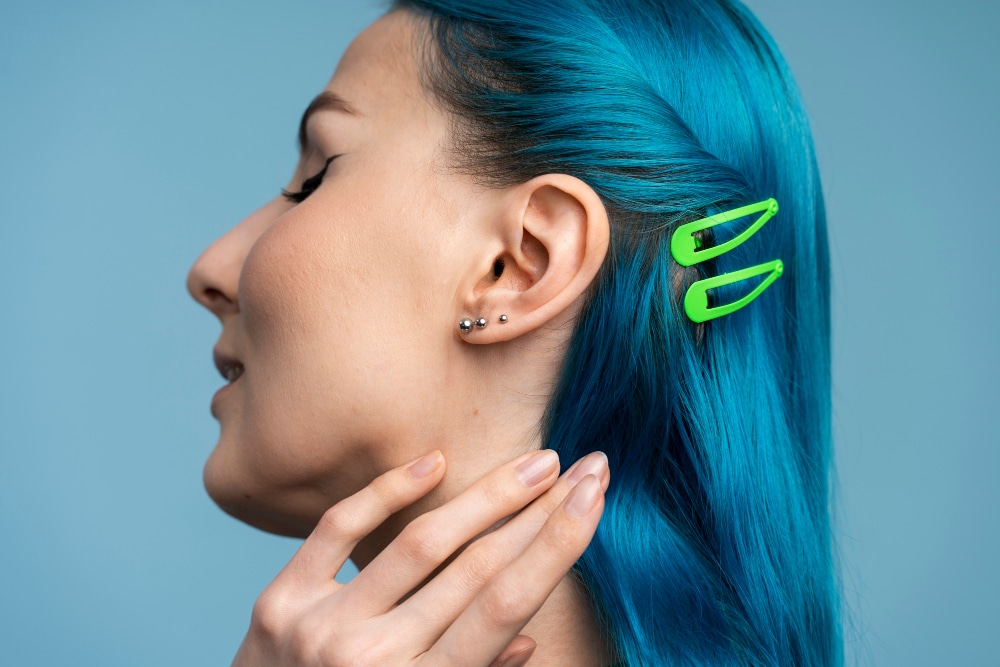
The earlobe holds significant aesthetic importance, often adorned with jewelry and piercings that enhance facial features. However, issues such as uneven shape or enlargement can detract from its appearance and cause discomfort for individuals. Moreover, prolonged wear of heavy earrings can lead to damage and further aesthetic concerns.
The earlobe, often adorned with jewelry and piercings, is susceptible to damage over time, especially from heavy jewelry. This can result in a split earlobe, which varies in severity and requires different repair techniques depending on the damage.
Increasingly popular among young individuals, stretching earlobes through gauging can enlarge piercing holes significantly, up to 2cm. While downsizing jewelry may reduce the hole size, it often cannot fully restore the original state.
Successful treatment of earlobe concerns hinges on a thorough understanding of ear anatomy. Key structures include the cartilage-based pinna, comprising the antihelix, helix, tragus, lobule (earlobe), and concha, which vary in attachment and appearance.
The external ear benefits from robust blood supply, crucial for successful surgical interventions. Understanding the arterial branches like the occipital artery and corresponding veins ensures adequate vascular support during procedures.
Ear sensitivity necessitates precise nerve management for effective pain control. Sensory nerves like the great auricular and auriculotemporal play critical roles, demanding careful consideration during treatment planning.
Repairing a split earlobe involves techniques like L-plasty or Z-plasty, tailored to the type of damage. For enlarged piercing holes, methods such as Y-plasty or L-plasty are employed, depending on tissue availability and aesthetic goals.
Proper procedure execution and post-operative care are vital. Precautions include precise marking, thorough anesthesia administration, and meticulous suturing techniques to minimize scarring and ensure symmetrical outcomes.
Effective restoration of damaged earlobes requires personalized treatment approaches that account for anatomical nuances, vascular considerations, and patient-specific factors. By employing appropriate techniques and comprehensive care protocols, practitioners can achieve optimal aesthetic and functional outcomes for their patients.
Join our newsletter to receive latest news and offers

Medicle MD Ltd
Reg. Number: 14317237
Address: 27 Old Gloucester Street,
WC1N 3AX London,
United Kingdom
Our website is intended solely for people who use medical devices, such as dermal fillers, as professionals. It may contain product advertisements targeted only at such people. To enter Nu Derma Supply, please confirm that you are such a person (e.g. a medical professional, cosmetologist, service technician, etc.).